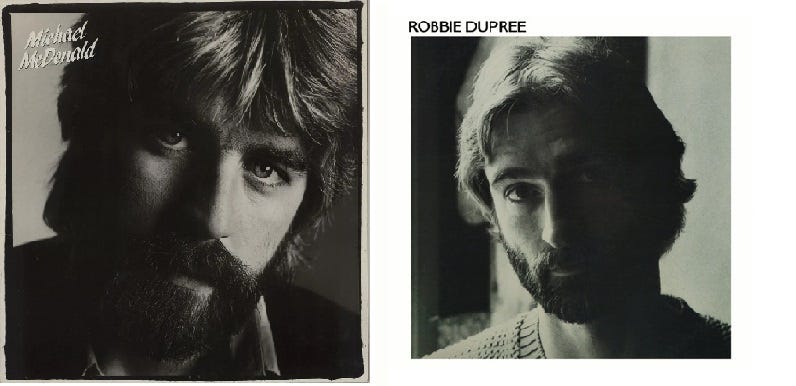The Art Of The Steal (Away)
I keep forgettin' Michael didn't sing on it
My brother, the famous Bark M., likes to say that “Songwriting doesn’t sell; production does.” He has a point, especially when it comes to “popular” music. There isn’t much complexity in pop most of the time, and the same progressions appear over and over again. What catches the listener’s ear is the way these progressions are presented. The same song can sound wildly different depending on what happens in the studio — a reality of the business that has occasionally been exploited in deliberate fashion for profit, as when the thin-gruel simp-tune “I Swear” made platinum hits both with white people (performed by John Michael Montgomery) and with white people who would rather listen to “black music” (performed by All-4-One).
The recording studio is often used to make nearly identical music sound different; it can also be used to perform the reverse trick of making unrelated songs sound the same. This fact was in the headlines a few years ago when the estate of Marvin Gaye sued Robin Thicke and Pharrell Williams for perceived similarities between Gaye’s “Got To Give It Up” and Thicke’s hit song “Blurred Lines”.
This should have been a slam dunk, as the latter is obviously and thoroughly a ripoff of the former — except for the fact that the jury wasn’t allowed to hear the songs! Instead, they had to judge based on an examination of the copyrighted material in question, which was the sheet music for both. Which led to stuff like this:


